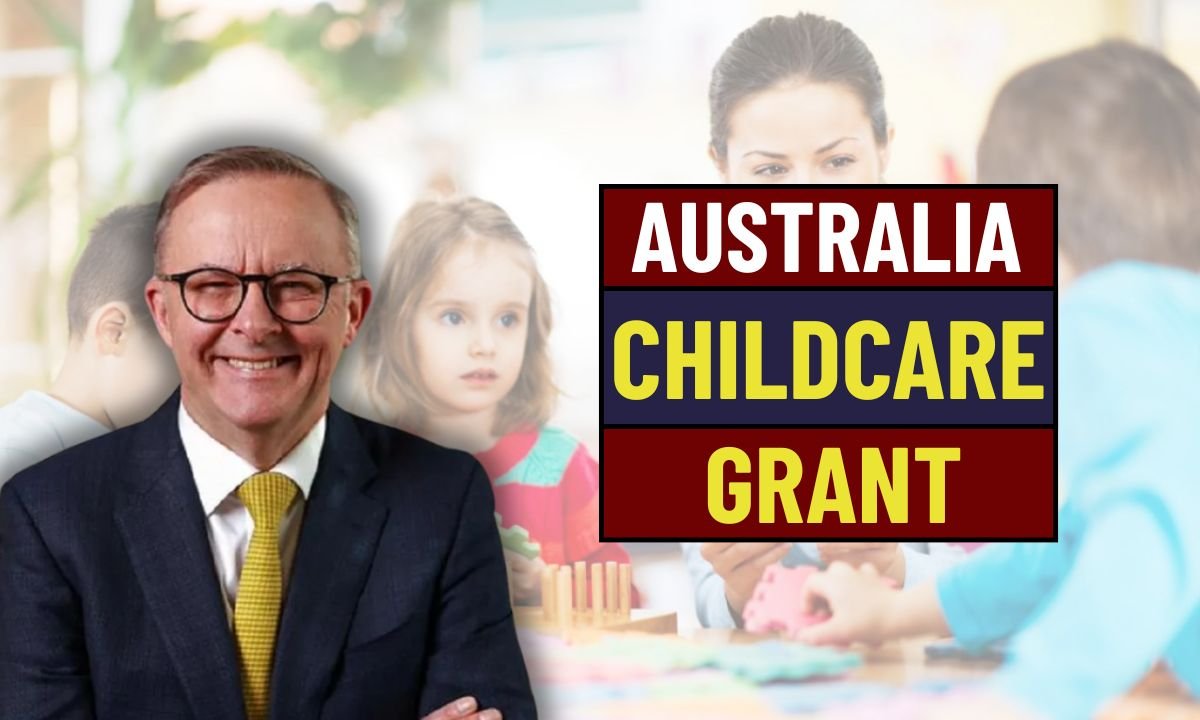In a move that could reshape the landscape of early childhood care in Australia, the federal government has introduced a new $5,000 Childcare Support Grant for 2025. This direct financial assistance aims to lighten the load for working parents, especially as childcare fees continue to rise and cost-of-living pressures show no signs of easing. As thousands of families struggle to balance careers with the rising expenses of raising young children, this long-awaited policy could provide exactly the support they need.
Announced by the Minister for Early Childhood Education, the grant is part of a broader national strategy to increase workforce participation, particularly for women, while ensuring that children have access to quality early learning experiences. The plan builds on previous reforms but introduces direct payments a significant shift from the rebate-based model that many families have found hard to navigate.
Who Qualifies and How the Grant Works
The $5,000 grant is available to Australian citizens and permanent residents with children under the age of six who are enrolled in registered childcare services. It is not a tax offset or rebate; instead, it is a direct annual grant, paid quarterly into the family’s nominated bank account. This flexibility allows parents to apply the funds towards a broader range of child-related expenses, including fees, supplies, or even part-time help during emergencies. The eligibility threshold is means-tested, with households earning below $150,000 annually qualifying for the full $5,000 amount. Families earning above that may receive a pro-rated benefit based on their income.
Helping More Than Just Working Parents

While the grant is expected to offer significant relief to dual-income households and single working parents, its social impact extends further. Advocates say the program encourages early childhood education by helping more children access structured care settings, which are critical for development in their formative years. This aligns with research showing that early learning programs have long-term benefits for cognitive and emotional growth The grant also supports grandparents and other informal carers who rely on part-time or casual childcare arrangements to manage their caregiving responsibilities. By injecting money directly into family budgets, the initiative allows for greater flexibility.
Addressing the Broader Cost-of-Living Crisis
The Childcare Grant is part of a larger cost-of-living relief package unveiled in Budget 2025, which also includes expanded rental support, utility subsidies, and increased Centrelink payments. Collectively, these measures aim to combat the rising costs that have squeezed the financial stability of many Australian households, particularly those with young children. For working mothers in particular, the grant may prove to be a game-changer. Many have cited expensive childcare as the primary reason for reducing work hours or leaving the workforce entirely. With this direct support, more parents may be empowered to return to work or increase their employment, ultimately boosting household income and national productivity.
Is It Enough to Make a Lasting Difference?
While many have praised the grant as a bold step forward, critics argue that it doesn’t address the root cause Australia’s sky-high childcare fees, which rank among the highest in the OECD. Others have called for structural reforms, such as price caps or wage subsidies for childcare workers, to make early education more sustainable in the long term. Still, for the average Australian parent juggling work, bills, and sleepless nights, the grant offers immediate and much-needed relief. The promise of $5,000 in the bank can mean fewer compromises, better care options, and more time for the things that truly matter family.


